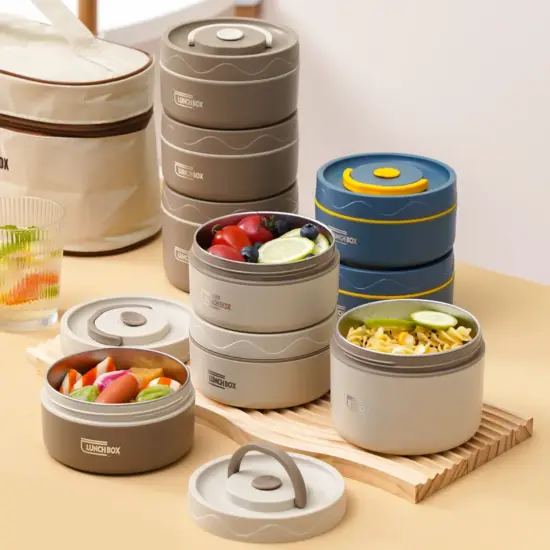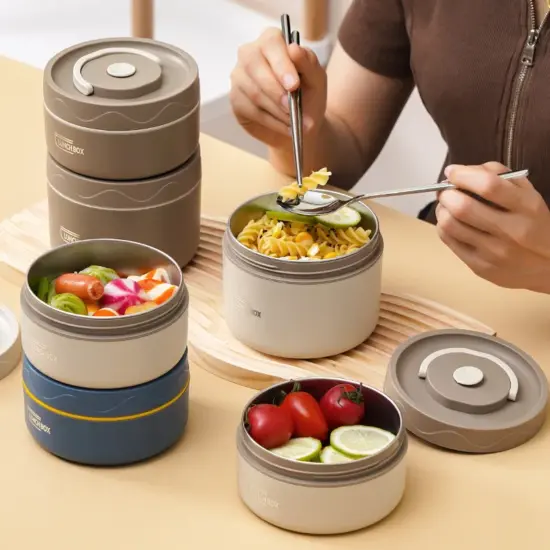jay@nbdho.com
How to Choose an Insulated Bag: Capacity, Insulation Materials & Use Cases
Article Content
Introduction
Choosing the right insulated bag is essential for maintaining food temperature, safety, and convenience. Factors like capacity, insulation material, and intended use determine effectiveness, durability, and overall satisfaction. 👜🥡❄️
1. 📏 Determining Capacity
-
Small (10–15L)
-
Suitable for single meals, snacks, or beverages.
-
Lightweight and portable for children or office lunches.
-
-
Medium (20–30L)
-
Ideal for multi-meal storage or small catering orders.
-
Allows separation of hot and cold items.
-
-
Large (40–60L+)
-
Best for bulk catering, food delivery, or family use.
-
May include compartments for multiple containers and drinks.
-
-
Tip: Match bag volume to your daily food transport needs.
2. 🧵 Choosing Insulation Materials
-
Aluminum Foil
-
Lightweight, reflective, and affordable.
-
Best for short-duration temperature retention.
-
-
EPE Foam
-
Provides thermal insulation and shock absorption.
-
Durable, water-resistant, and reusable.
-
-
Vacuum Layers
-
Premium insulation for long-duration temperature maintenance.
-
Thinner and highly effective, but more costly.
-
-
Layered Approach
-
Combining materials (foil + foam) can optimize performance and cost.
-
3. 👜 Considering Use Cases
-
School Lunch
-
Small to medium capacity, easy-clean, and fun designs.
-
Lightweight with child-friendly straps.
-
-
Office Lunch
-
Medium capacity, sleek design, and thermal efficiency.
-
Removable liners for hygiene and easy cleaning.
-
-
Catering & Food Delivery
-
Large capacity with durable materials.
-
Reinforced stitching, waterproof exteriors, and multiple compartments.
-
-
Travel & Outdoor Activities
-
Lightweight, foldable, and robust insulation.
-
Easy to carry and resistant to environmental conditions.
-
4. ⚖️ Practical Selection Tips
-
✅ Assess Food Types: Hot, cold, or mixed meals.
-
✅ Frequency of Use: Daily personal use vs. professional delivery.
-
✅ Durability Needs: Reinforced seams, zippers, and handles.
-
✅ Ease of Cleaning: Removable liners or wipeable surfaces.
-
✅ Portability: Shoulder straps, handles, and foldable design.
5. 🌟 Benefits of Choosing the Right Bag
-
✅ Maintains Food Quality: Keeps meals at safe temperatures.
-
✅ Reduces Waste: Less spoilage and discarded food.
-
✅ Improves Convenience: Easier transport for all use cases.
-
✅ Enhances Professionalism: High-quality bags improve brand perception for delivery or catering.
Conclusion
Selecting an insulated bag requires evaluating capacity, insulation materials, and intended use. By understanding these factors, you can ensure food stays safe, fresh, and easy to transport, whether for school, office, catering, or delivery purposes. 👜🥡❄️✅


